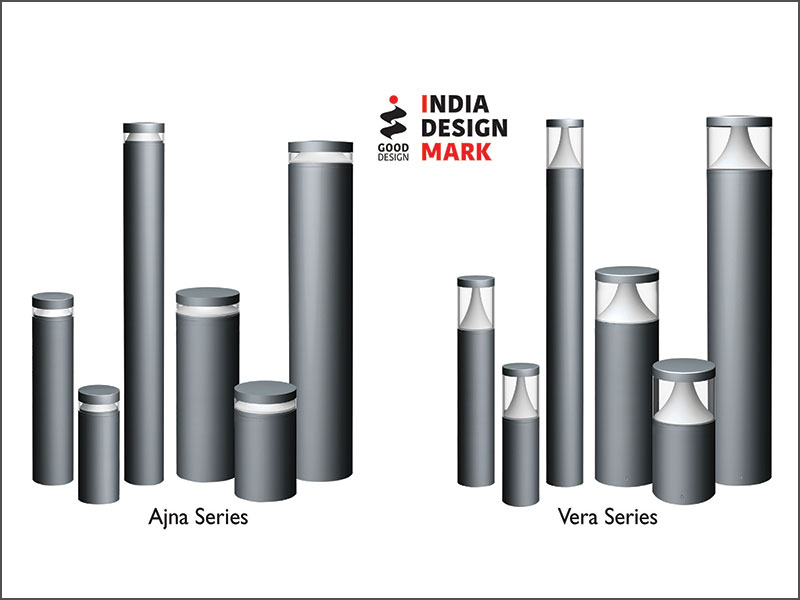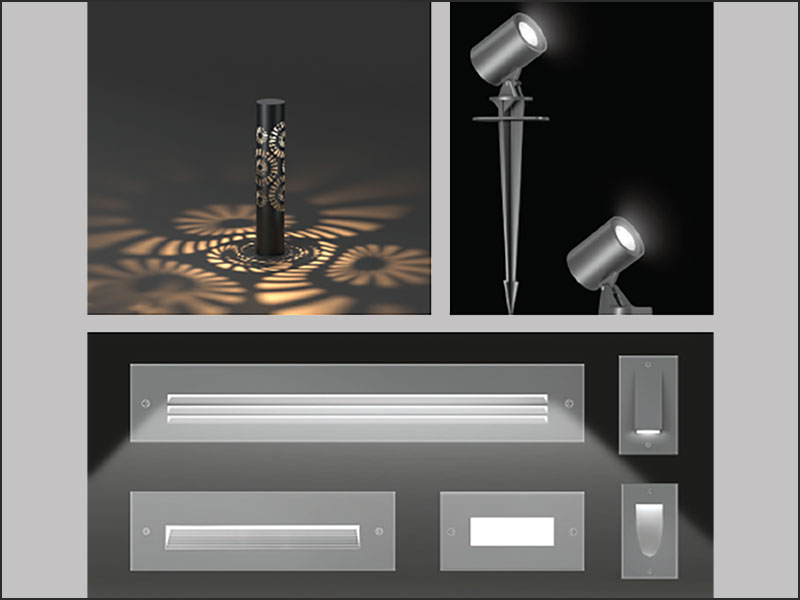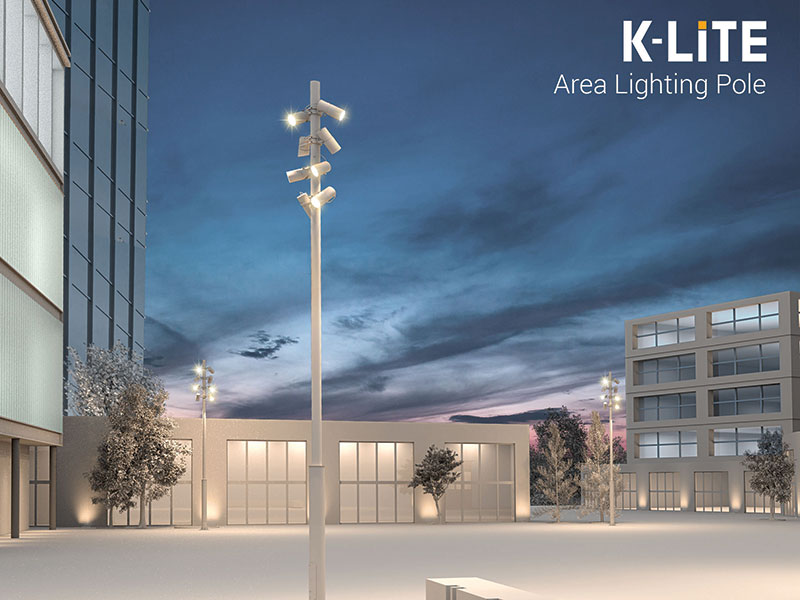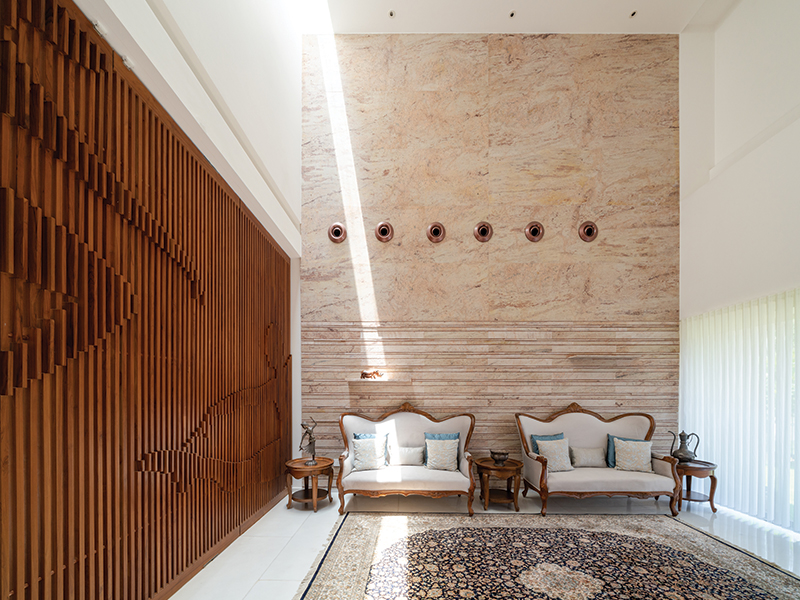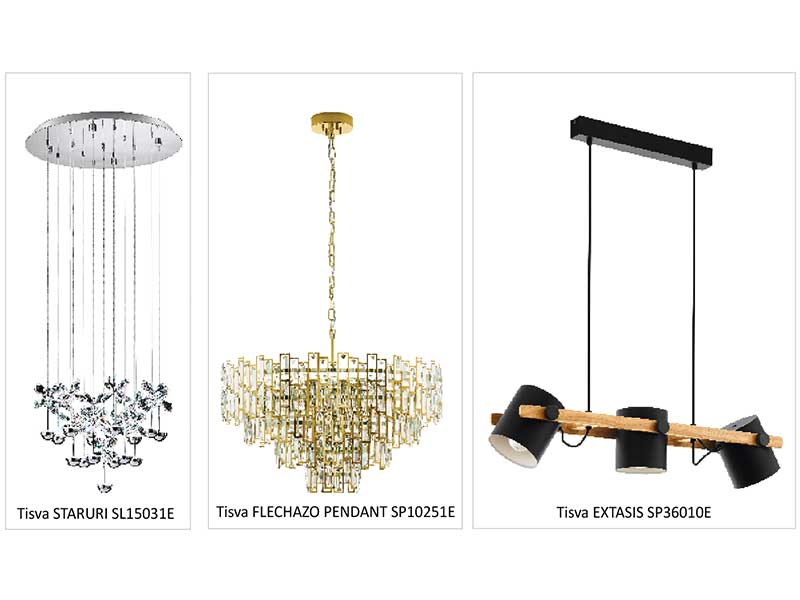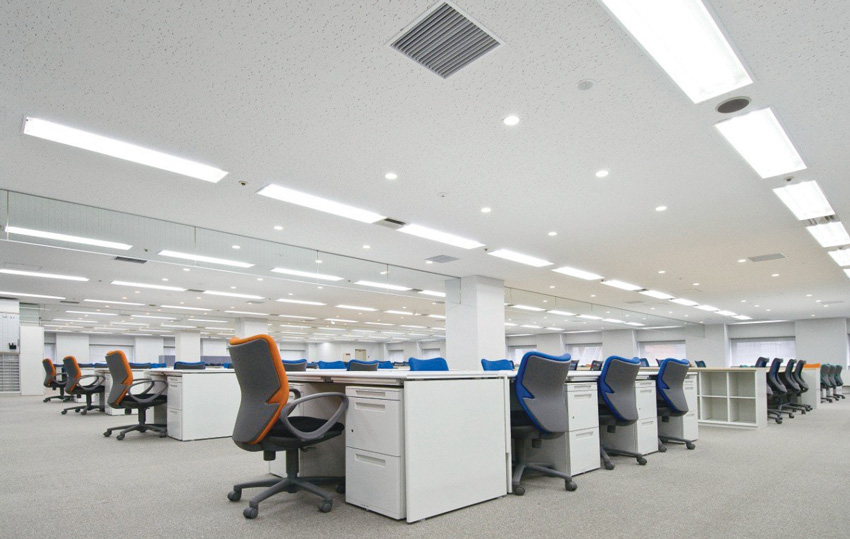
Source: www.lighting-ledlight.com
LED, being flexible, opens up new horizons and brings forth tremendous scope for specifiers to create new possibilities in terms of lighting solutions – explores Syed E. Hasan.
Recognising landmarks is an important step in developing a comprehensive approach to urban environments where lighting plays quite an important role. Be it a single building or entire master plan, lighting nowadays has become an integral part of the architectural plan right from the very beginning. All credit goes to the tiny LEDs, which facilitate the flexibility in design to fit in any requirement. This is because the LEDs tend towards the spectral distribution of natural light, and allow controlling lumen count for a given interior depending on the perspective while maintaining appropriate brightness.
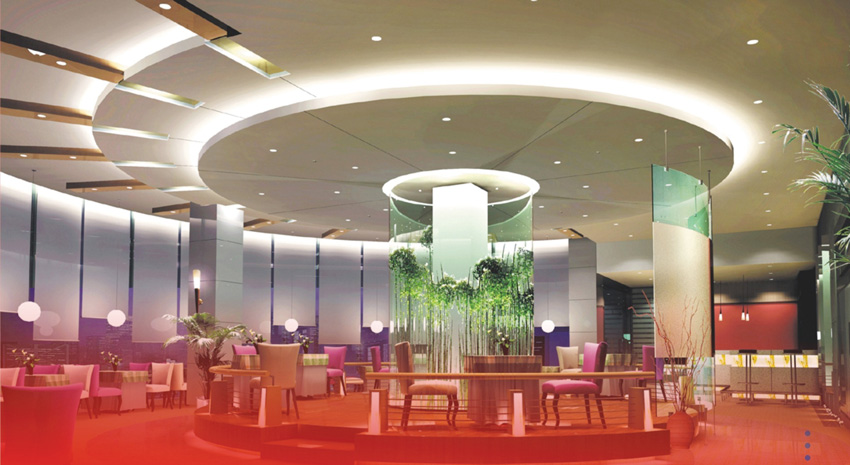
Source: www.lighting-ledlight.com
Known as Solid State Lighting (SSL), LEDs have also been gaining traction because while cost has been decreasing, levels of brightness have been increasing with technological advancement following continuous R&D. With energy costs increasing and the 'green' movement gaining momentum, LEDs are emerging as a natural enabling technology. They use a fraction of the amount of energy of an incandescent light bulb, and they don't contain mercury, which is present in compact fluorescent lamps, often used to replace incandescent bulbs to save energy!
The Growth Drivers
No wonder that many municipalities across the country are jumping on to the LED bandwagon to achieve the benefits of this SSL technology. In fact, Ministry of Commerce has issued an advisory to Ministry of Urban Development to ensure that all medium and small municipalities change to LED street lighting. The Ministry has also issued notification to the Delhi Government to ensure that all showrooms or show windows using incandescent or halogen lamps immediately replace with LED downlighters; to which more states will follow.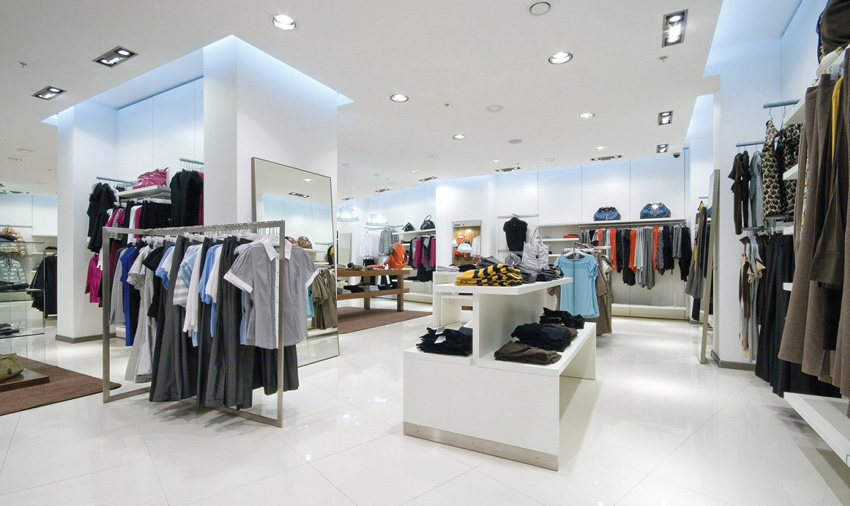
Source: www.briteledlighting.com
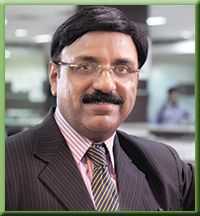
"The real push is coming from the government in terms of shifting to LEDs as 90% of the new tenders for streetlights today are for LEDs indicating a clear shift in direction. While this happens, the consumer's are also getting aware about the attributes of LEDs thereby graduating to energy-efficient LEDs. Meanwhile, our Prime Minister has also asked the concerned government agencies to distribute LED lamps to end-users in small instalments to help them replace the existing CFL/GLS at domestic level," says Mr.Puneet Dhawan, Senior Vice President, Business Head for Lighting Business at Orient Electric. He points out that when it comes to architecture, 70% of the new projects are opting for LEDs where variety of luminaires/fixtures is required.
Enlarged Role of Specifiers
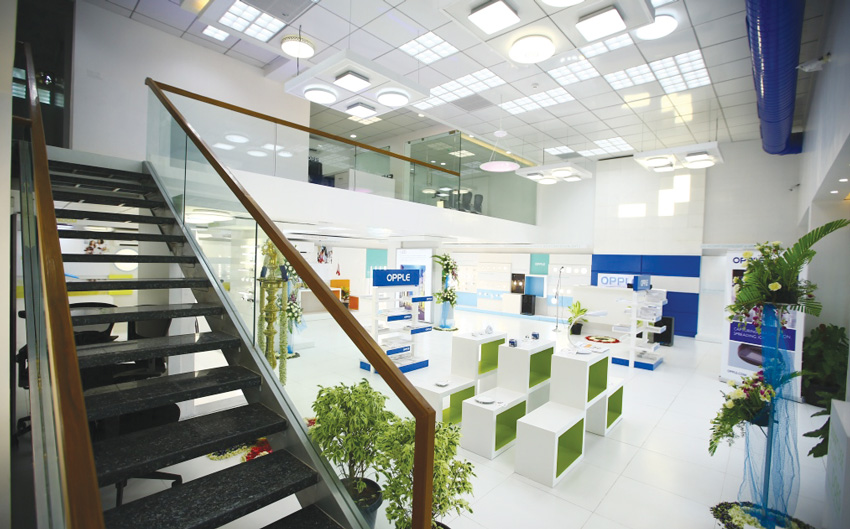
Source: www.briteledlighting.com
According to Mr. Dhawan, Orient Electric is relatively new entrant in the LED lighting segment. "Though, we had set up our CFL manufacturing plants in 2008, but soon we realized the dynamic shifts in the lighting demand patterns, and hence, switched our capacities over to LED's in 2014. Our USP has been to deliver tailored products, which helped us bag quite a few notable projects in industrial, hospitality, and IT sectors where extreme customisation is required, which we are meeting successfully due to our Design Competence Centre for LEDs," he avers.
Besides, the flexibility that LEDs offer, has given tremendous scope to specifiers unlike earlier when standard size of luminaires was posing restrictions to the possibilities. "With LEDs at hand, architects and consultants have started thinking out-of-the-box to offer unique solutions, which are decorative, cost effective, and serve the purpose efficiently. For instance, for a leading MNC Indian IT firm, the architect wanted to highlight the ceiling along with the functional space down on the working plane with the same fixture, and we made that possible with our customizing ability," he asserts.
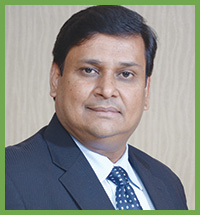
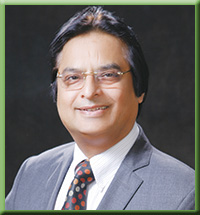
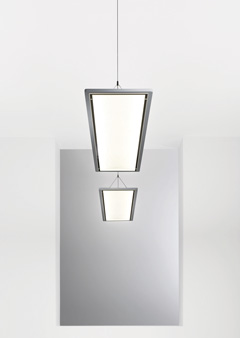
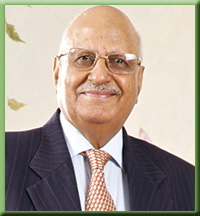
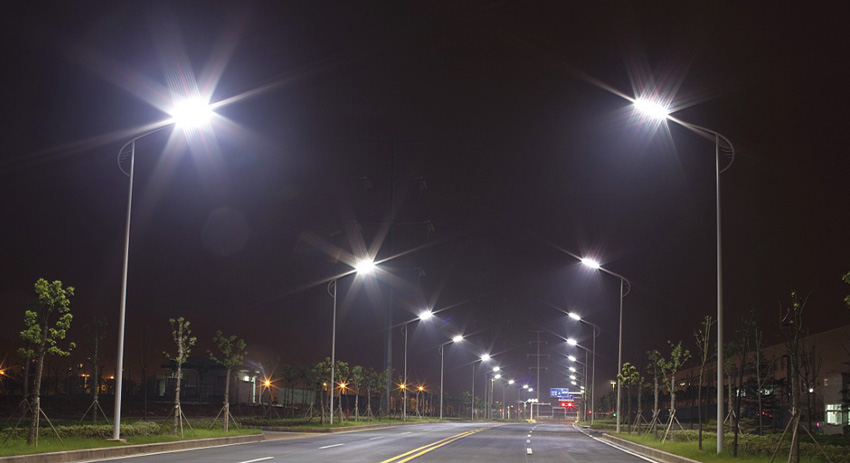
Source: www.sedna.lighting
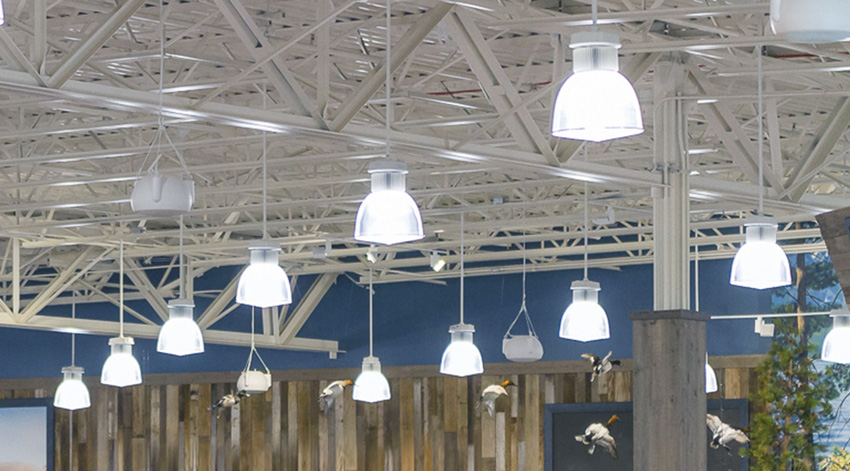
Source: www.specgradeled.com
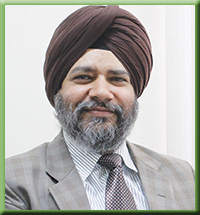
Awareness is the Key
These days a lot of awareness campaign has started happening on what kind of lighting should be there in terms of colour temperature depending on the purpose, what kind of fixture will be suitable for that particular application, what are the guidelines, what is the overall requirement, why do we waste light, etc.? These together have pushed up the demand capability of the people. They are getting more and more evolved and have become demanding based on their information only because the awareness campaign has started happening."As far as spreading awareness is concerned, we keep participating in the concerned trade shows, a place where industry stakeholders accumulate for the latest and future updates. Apart from this, every month we arrange 3-4 seminars for them across country," informs Mr. Singh.
"For spreading awareness about any new technology, we take people to our Lighting Academy in Germany to educate them on new products and concepts. We also have started Webinar wherein we share the presentation of the new tools and systems, to update the audience on how they are more effective. Every six months, we find that the same luminaire gets changed, or we can say that six month earlier what we developed becomes obsolete giving space to new things because the efficacy has increased," shares Mr. Aghi.
"In this regard, we have taken membership of the associations like Institute of Indian Interior Designers (IIID) to connect better with specifiers for creating awareness on brand Opple. We are also connecting to Leading Design firms on one to one basis to share the case studies of our International projects and sharing new trends on lighting applications," avers Mr. Saxena.
Major Concerns
Products requirements for each project (hospitality, healthcare, educational institutions, retail chains, auditoriums, public spaces, etc.) are different, so are the specifiers depending upon their specialisation. Therefore, catering to different people with different products as per their respective requirements is the need of the hour. The process more or less is the same except for the specifications, design, application, and usage. For instance, in hospitality, aesthetics is of utmost importance; while for a manufacturing facility project, performance tops the list. Similarly for healthcare, glare-free specialised fixtures are needed to serve the purpose. So, the light fixtures are very different for each of these requirements because the specifiers usually work on multiple parameters for a single project.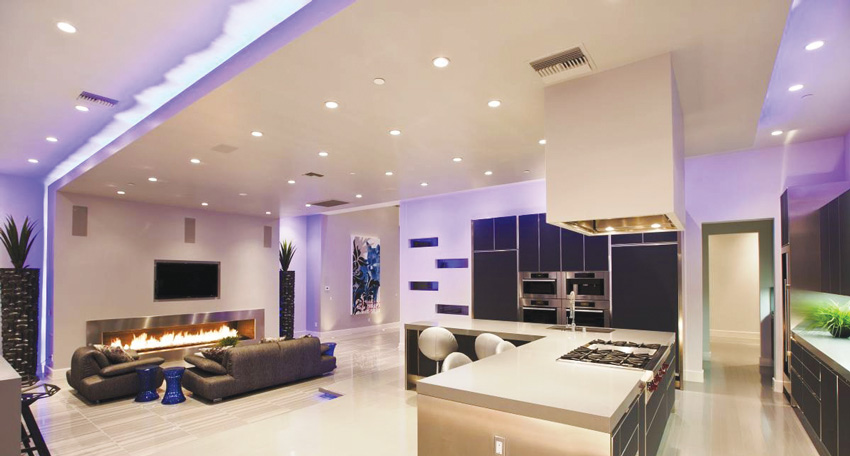
Source: www.cooqy.com
According to Mr. Singh, while architect's priority is beauty and aesthetics, he leaves the lighting design part to the lighting designer, who may think of suitability of the light for that particular application. On the other hand, builders always worry about the price whereas lighting consultants/architects are more interested in aesthetics of the products along with the kind of ambiance they want to create in the premises. "To have that kind of output, the lighting has to actually gel with the specifiers's imagination. It is here that the manufacturers try to come close to specifiers' visualisation and then accordingly offer the solution," he avers.
Most of the players agree that they have a dedicated team to serve specifiers to show them off what they have in their respective portfolios to cater to those specific kinds of applications. However, few manufacturers keep meeting the specifiers to know about the requirements in their future projects and about the type of products they would actually be looking for. Based on this, they decide to develop new products depending upon the viability and the worth of investing in such products.
Developing New Products
Most of the suppliers have basic and commonly used products on offer, which find usage across the segments irrespective of the industry types they are focusing on. Initially, they try convincing the architects or lighting consultants with what they have at that point in time, and then based on the feedback, some altercation/customisation are done to make the products appropriate for a particular project. Nevertheless, they agree to produce customised products if the requirement is of any specific design for a particular project that really merits in terms of viability and worth opting out. It's all about business model which varies with the supplier depending upon the specifications and capability to deliver with a premium.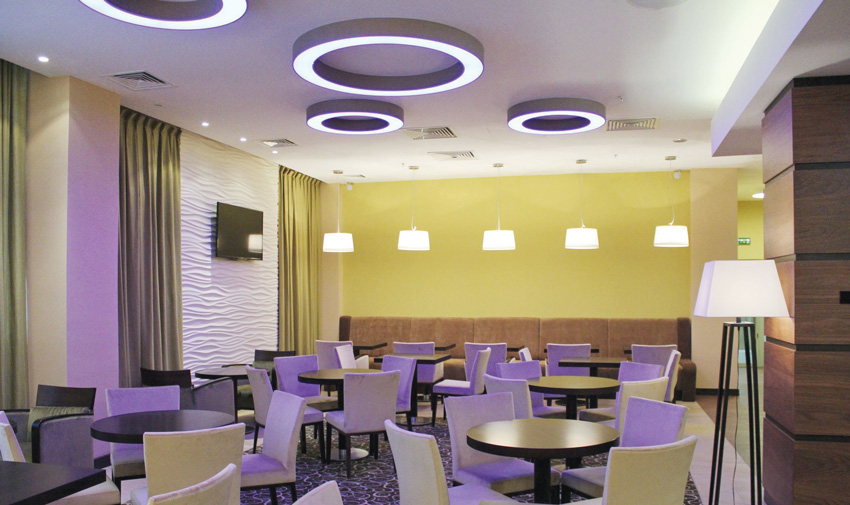
Source: img.archiexpo.com
"Though, we have quite a few lighting designs for the architects, we keep adding or preparing new designs based on the parameters provided by them, which they refer to while selecting products for a particular area and for certain applications. We prefer to work with architects and lighting consultants especially when it comes to developing products. Therefore, instead of suggesting them anything on lighting design, we always try taking specifiers' feedback owing to their experience in terms of how much lighting is needed for a particular application," says Mr. Singh.
For this, the company has a dedicated product development team, which is constantly in touch with electrical consultants, who are actually the architects in lighting fields. "We keep them informed about our latest products, their features, technical details, and specifications, which they pass on to their clients. Based on the inputs, we try to modify the products to suit to their requirements. Thus, it works both ways - either adapting to their needs or asking them to actually use products readily available for that particular application," says Mr. Dhawan.
Orient Electric is working on both the aspects i.e. retrofitting and applications-based requirements. "In healthcare, the lighting requirements are little different in terms of the type and quality of the light, to meet this, we use various optics and diffusers. We also have extrusion luminaire, which can be extended or cut as per the desired dimension. We are also getting huge enquiries for retrofitting for which we have a separate team which carriers out energy audits of existing installation and accordingly advice the clients with suitable lighting solution for replacement," elucidates Mr. Dhawan.
Eon Electric, which is always looking for new and innovative ways of developing products for conserving power, has been intensely working on the development of variety of new LED lights apart from manufacturing LED bulbs, and LED tubes. Besides, the company also has endeavoured in a big way in the manufacturing of highly energy-conserving LED streetlights. "Streetlights, which are lit with LEDs consume much less DC power compared to AC power. Such LED lights being unidirectional provide light in the centre of the road, where it is genuinely required unlike the conventional ones which spread the light all round the light pole, much of which does not serve any useful purpose," says Mr. Mahendru. The company, which is setting up a fully automatic LED manufacturing facility in Noida with a capacity to assemble 1200 LED bulbs per hour, has recently installed 13,000 LED streetlights with advance monitoring systems in Aligarh, UP.
The advent of LED has transformed the way lighting was being treated a few years ago. Now, it is more of application-based solutions than retrofit. Mr. Saxena believes that LED technology has resulted in miniaturisation and the recent trends are in the field of automation. "Lighting now is connected with automation system, which has let the control better and helped increase the ability of lights to deliver much more than what they were earlier. With better controls lighting has become more dynamic," he says.
Mr. Saxena asserts that Opple Lighting with its deep understanding is committed to bring Global Technology in LED lighting to India. "With our in-house R&D setup of 400 engineers, we are constantly busy delivering innovative products and also trying to find effects of the lighting on consumers. The Shinning Moon is the best example of this synergy of LED lighting technology with controls. This unique product offers controls on Lighting Level and also Change in Color Temperature from 2700k to 6500k. With its own manufacturing Opple will be able to deliver new products in line with consumer expectation with rapid speed."
Diminishing Efficacy
According to the industry experts, light invariably diminishes irrespective of the light source like CFLs, LEDs, MHL, etc. It is the tendency that every product loses a little bit of efficacy with each burning hour. However, going by the government regulations, soon all the manufacturers will have to give L70 declaration with their lighting products thereby defining the life of the light source indicating that after how long the light output will remain 70% of the original. "Technically, if the light output is less than 70%, and if it is proven then it's a failure. But the question remains the same as to how to measure the light output," elaborates Mr. Singh suggesting that NTL takes care of it by going very strictly. "There is an LMET report about light depreciation, which has to be followed. Besides, we also do our own simulation exercises to note what kind of reduction happens over a period."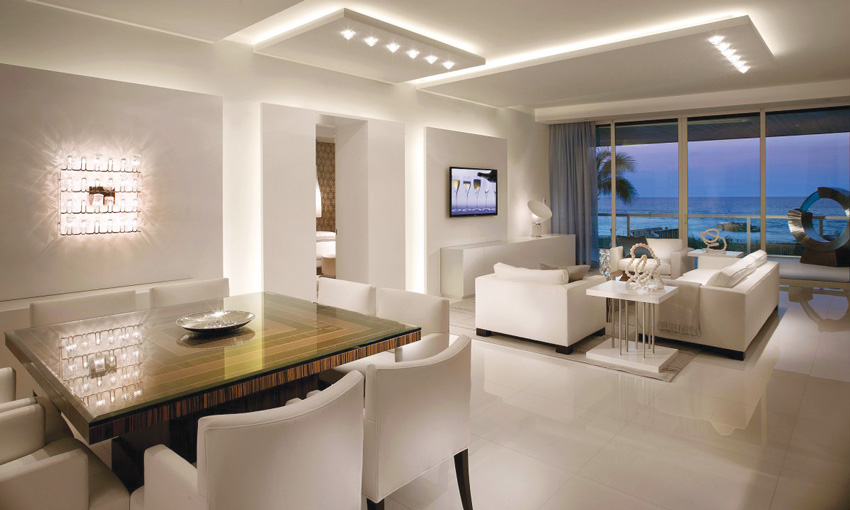
Source: www.led-light.com.sg
Mr. Aghi underscores that fixtures play an important role when it comes to luminaire efficacy. According to him, luminaire with higher efficiency or higher Light Output Ratio (LOR) with wide coverage is more effective in terms of achieving desired illumination level with better uniformity. For our products, we use engineered plastic that doesn't eat up light rather helps in bringing out higher light output from the source. There is a secondary optics that actually controls the sharp intensity that the LEDs throw off, ensuring photo-biological safety and helps maintaining the required glare index. Apart from efficiency, we also ensure meeting the requirement of LM79 and LM80, thereby checking on depreciation of overall lumen package.
Talking Niche
Mr. Aghi believes lighting is pure emotion. Excellent lighting design is a creative process, but it is nevertheless based on sound planning, technical expertise, and equally important, practical implementation of experiences. It is both – a science & an art – and should be planned well. In fact, lighting has become human-centric as it has now been developed to change and replicate according to what is happening outside based on biorhythmic condition."What we offer is innovation, efficiency, and light for the good human health. It is not limited only to become a decorative piece rather it helps better recovery of the patient in a hospital while keeping the biorhythmic clock on. For instance, in most of our fixtures, the light is not limited only to the working planes but it is volumetric. When it is switched on, the whole space is filled up with light giving a very soothing experience to the occupants' eyes without giving any strain to adjust across the space. Therefore, it won't be wrong to mention that a human centric lighting system is in evolution," he says adding that earlier, the lighting was more of electrical and now it is on the way to becoming electronics. "We have supplied quite a few such lights to our prestigious clients in Delhi, Mumbai, Hyderabad and Bangalore."
Although we have been able to produce light electrically and control it electronically for more than 100 years, the situation is still essentially the other way round: light controls us. The different illuminance and dynamic colours of the natural daylight not only influence our visual perception but also have an important impact on vital life functions within our organism –in short: our biorhythm. After all, light of a certain intensity and colour promotes or reduces the release of specific hormones and thus controls our moods, perception and capability to perform.
Speaking on the transition in Trilux approach, Mr. Aghi says, "Earlier, we use to call Trilux, a new light as we believe in bringing new technology. Now, we are using a by-line which reads as 'simplify your light'. Through this we want to say that we are actually simplifying the options by using LEDs, by making it more efficient and easily operational. We are quite specialised kind of supplier, concentrating on specialised kind of projects, we bring innovative products. Not to forget that most of the products from Trilux bouquet are accredited prestigious design awards like IF Design and red-dot.
Glittering Future
The experts believe that by 2020, 60% of lighting in India would be all LEDs. LEDs have every strongly caught up in the downlighters and are available within the permissible range with a very effective output, which has increased from 60% to 80-85%. Today, 60% of downlighters, which were using CFLs have opted LEDs irrespective of the applications. This allows increased gap between the fixtures and reduction in number of fixtures.According to the industry experts, the Indian LED industry was pegged at Rs.1,925 crore out of the lighting industry's aggregate turnover of Rs.13,000 crore in 2013. It moved on to touch Rs.3,000 crore against the overall lighting market of Rs.15,000 crore in 2014. The market size of Indian LED industry is now expected to touch Rs.21,600 crore in the Rs.35,000 crore lighting industry by 2020 on the back of government's decision to switch to LED for all street lamps and public space lighting. However, globally LED lighting market is expected to constitute close to 60% of the overall lighting market during the same periphery.

